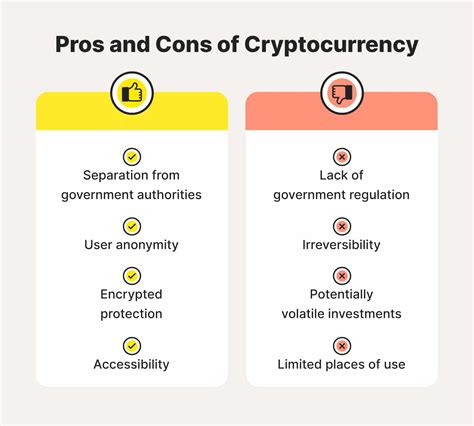P2P cryptocurrency transactions: tips for new users
While the world of cryptocurrency is developing, many new users strive to examine the possibilities of P2P transactions (peer-to-peer). However, before you immerse yourself in the world of decentralized financing (Defi), it is important to understand how P2P transactions work and what you need to know.
What is P2P cryptocurrency transaction?
A P2P transaction, also referred to as a “cross-chain” or “blockchain-to-blockchain”, enables users to send cryptocurrencies from one blockchain network to another. This process enables the creation of new assets such as tokens and stable coins by using the underlying protocols of both networks.
Types of P2P cryptocurrency transactions
There are different types of P2P transactions:
- Cross-Chain-Transfers : Send cryptocurrencies from one blockchain to another.
- Decentralized financing (Defi) Swaps : Exchange assets between different Defi platforms such as credit and borrowing.
- Interoperability : Integration of different blockchain networks for seamless cross-border payments.
Key player in P2P cryptocurrency transactions
Some remarkable players in the P2P cryptocurrency area are:
- Ripple : Ripple is a popular choice for defi transactions and cross-chain transfers.
- Tezos : Tezos is an open source platform that enables P2P transactions in various networks.
- Binance Smart Chain : Binances native cryptocurrency, BNB, has won popularity as a decentralized stable coin.
Tips for new users
To be successful in the world of P2P cryptocurrency transactions, follow the following tips:
- Explore and understand the blockchain network in which you are in : Familiarize yourself with the underlying protocol and its limits.
- Select a reliable exchange or a reliable wallet
: Make sure that your selected platform meets securely, user -friendly and the regulatory requirements meet.
- Understand the associated fees : P2P transactions can be expensive due to the cross chain of these operations. Be prepared for higher fees compared to conventional oncatt transactions.
- Be careful with fraud and phishing attempts : Protect yourself from fake stock exchanges, wallets or investment systems by being vigilant before investing and carrying out thorough research.
- Look at your risk tolerance : P2P cryptocurrency transactions, due to market volatility and regulatory uncertainty, have a high risk.
Best practices for safe P2P cryptocurrency transactions
To minimize risks and maximize the returns:
- Use serious exchange and wallets : Make sure you use trustworthy platforms that meet the regulatory requirements.
- Check the identity of the sender : Be careful if you send funds from unknown people or addresses.
- Keep your private keys secure : Protect your wallpaper private keys to prevent an unauthorized access.
- Consider your accounts regularly : Keep your account activity and transactions for all suspicious patterns in mind.
Diploma

P2P cryptocurrency transactions offer a promising new border in the world of decentralized financing (Defi). If you understand how these transactions work, select reliable platforms and follow best practice, you can navigate this complex space with trust. Remember to stay up to date on regulatory updates, market fluctuations and safety threats to ensure your safe and successful participation.
Liability exclusion
This article only serves for information purposes and should not be regarded as investment advice or recommendation to participate in P2P cryptocurrency transactions. Always carry out thorough research and consult experts before making investment decisions.